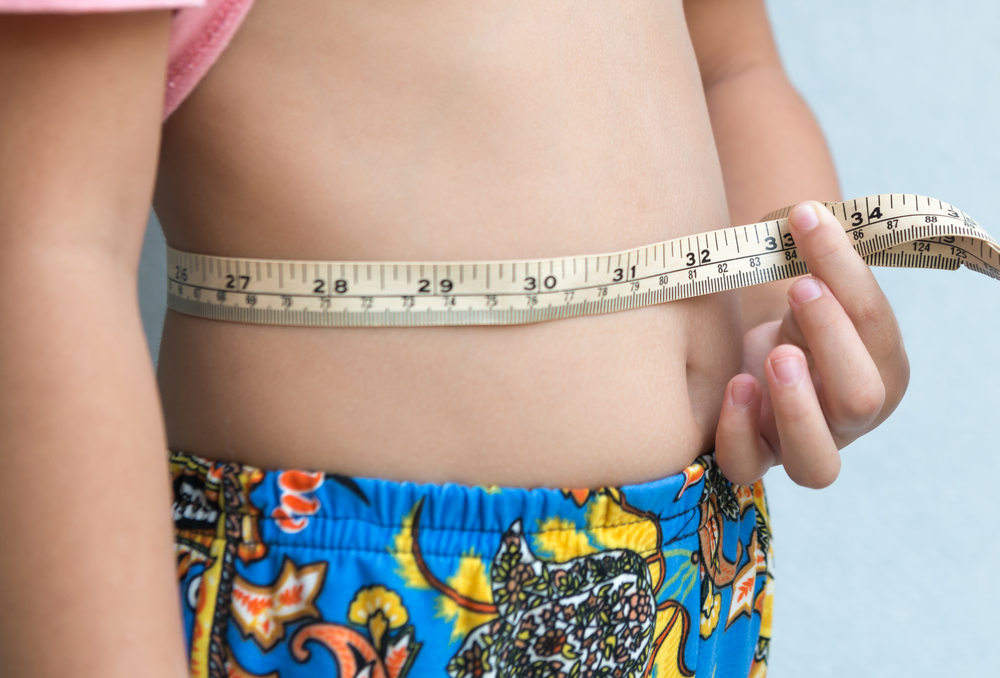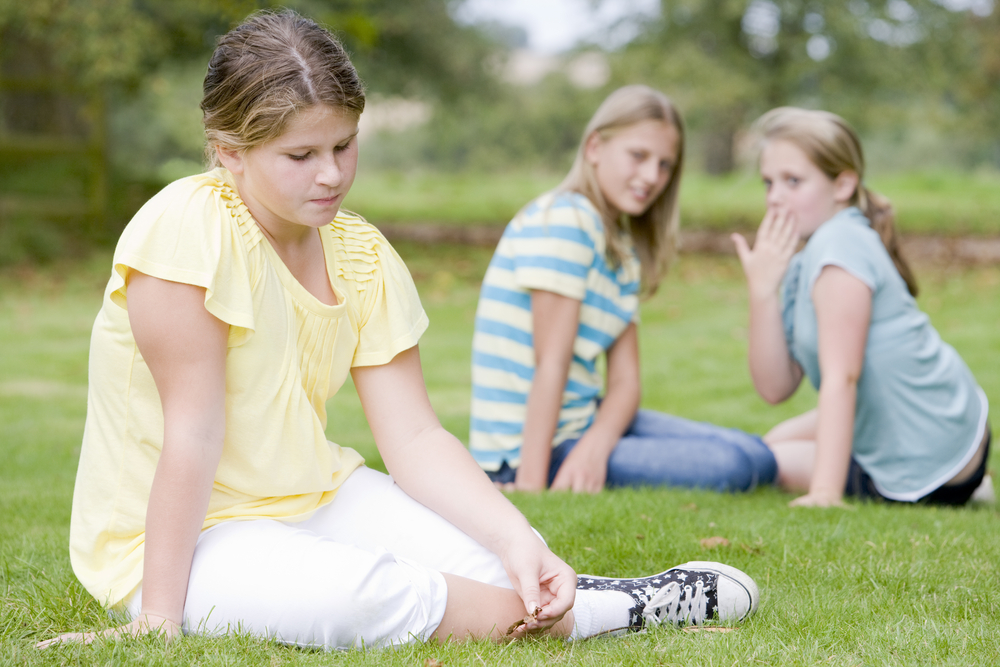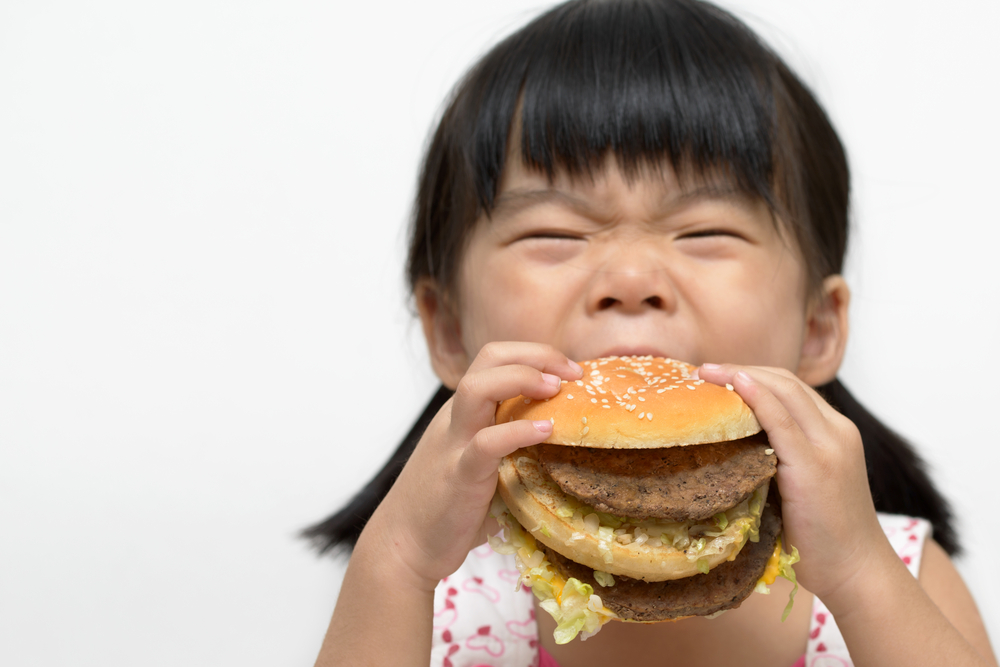It may be difficult, to completely prevent your children from being exposed to any type of negative body image representation. However, it is possible to teach them to love and care for their body in a positive manner.
We live in a world that revolves around technology and social media, and through this media, ideal body types have set near-impossible standards of health and beauty. People, particularly youth, have gone to extraneous measures in attempts to attain these standards, and have developed unhealthy approaches to their bodies. We are aware that unrealistic body standards are widely expressed through social media and television, but are these standards affecting kids at younger ages than expected?
A recent study released by the Common Sense group found that children, at ages as young as three years, have developed a negative mindset with regards to body image. Children begin to develop such attitudes towards ideal body types by subconsciously choosing to play with thin playmates, and generally having more positive attitudes towards ‘thin’ ideals, and denoting negative stereotypes to those of a thicker build.
What Causes This?
Research found that the biggest factors that contributed to this mindset at such an early age were parents, peers, and to some extent, media. The role of parents in early childhood development should not be underestimated, as although this role may be positive in many ways, in situations such as this, parents may be instilling an unhealthy habit/mindset in their children, without even realizing it.
Ana Homayoun, an author who is well versed on the matter, says that these type of acts are “certainly not intentional, and that needs to be clear”. She says that things as simple as a mom saying a clothing article doesn’t look good on her for some reason or another could be teaching her daughter the basis of body image struggles. Parents could be unintentionally teaching their children that they should aspire for a certain body type, by saying things like, “I’ve gained weight, I should really work towards losing some”. Although this may appear to be encouraging a healthy lifestyle in which the parent is encouraging a lifestyle of exercise and healthy eating, to the child it only appears as though the parent is not content with their body, and so they begin to think the same thing.
Things like toys and role models for children at a young age also often set unreasonable body standards, and cause children to compare themselves to fictional characters. Barbie has struck news outlets for years for portraying a body type that is not only unrealistic, but encourages an unhealthy thin body image, but many fail to realize that boys experience just as much criticism. Many toy action figures and superheroes have body types and measurements that are much out of the ordinary and near-impossible to attain, hence adding to the unrealistic standards that children are forced to live up to at an early age.
At school, other children may resort to calling some children “fat” or “obese”, mainly due to their body type and the stereotypes they’ve learned to associate with people of these appearances. The victims of such name-calling then quickly begin to think that they are different from other children, and not for a good reason. This may cause them to make drastic changes in their lifestyles to alter their appearances, and to begin to taunt other children, including peers and siblings, about similar issues.
Fat and thin are no longer simply assessments of size or weight, but rather of character. So you can imagine why adoption of these attitudes, diet talk and disordered behavior is happening earlier as well, says Dr. Robyn Silverman
Many children also spend substantive amounts of time in childcare or nurseries, providing them with ample exposure to instructors, other parents, as well as other children. Each of these sources may hold their own perception of body-imagery, and unknowingly, pass them onto the child.
What Can We Do to Prevent This?
It may be difficult, if not impossible, to completely prevent your children from being exposed to any type of negative body image representation, however, it is possible to teach them to love and care for their body in a positive manner. By teaching self-love and appreciation, children can learn to care for their bodies. They will also learn to take negative comments and criticisms and fuel them into positive thoughts.
One possible method of addressing this issue, for children nearing their teenage years, can be to initiate a club or group gathering meant to dissipate the stigma surrounding body image issues, and to help the children feel welcome and comfortable discussing their problems and questions. By making the children feel welcome and comfortable in a safe environment, they are being encouraged to develop a more positive attitude.
An important, and perhaps the most important, step in helping prevent negative body standards in children is to stop talking about food in moral terms. Any time the words ‘bad’ or ‘good’ are associated with food or eating, children quickly begin to associate them with body image and what it means to have a ‘good’ body versus a ‘bad’.
Most importantly, teach your children positive ideals on equality and acceptance, and teach them not to discriminate against anyone. Acceptance and appreciation for diversity is an important moral to instill in children in the early stages of their lives, and it will help them develop into more open-minded people as they grow up.




















